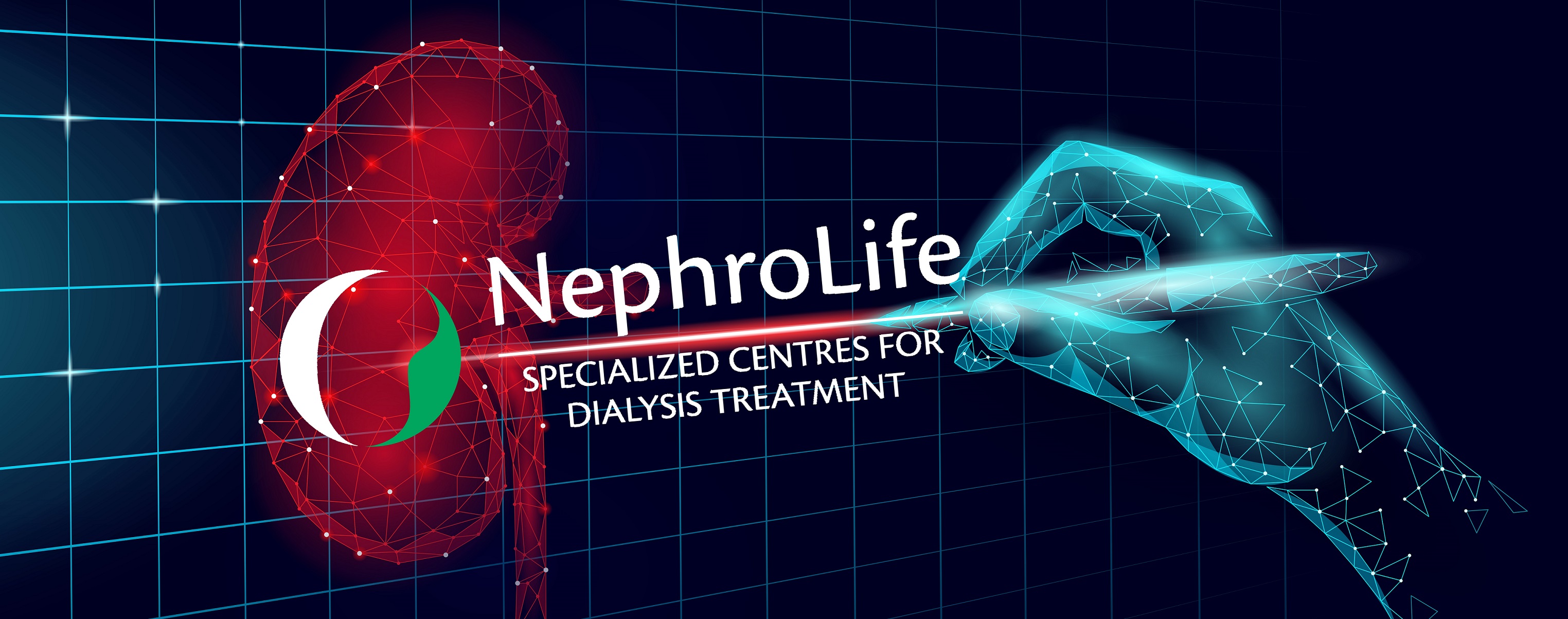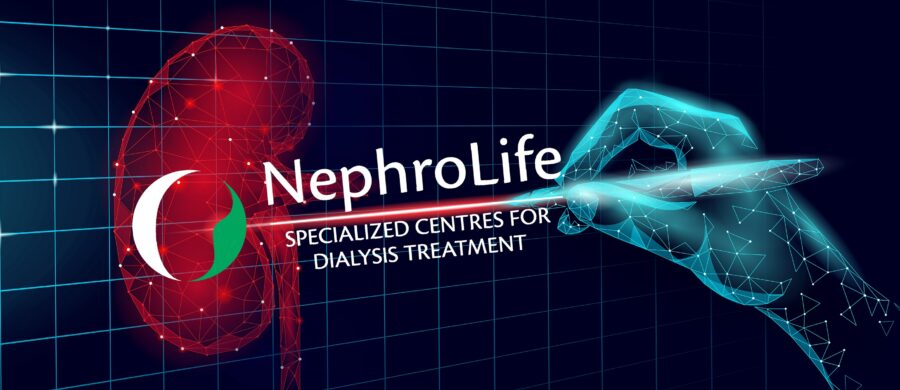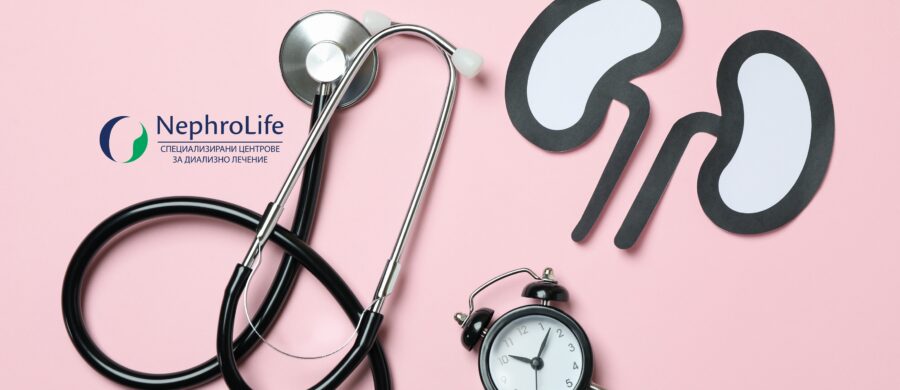When the kidneys are healthy and functioning properly, filtering fluids, minerals and waste products from the blood, they usually do not allow large amounts of serum protein to be isolated in the urine. But when the kidneys do not filter properly, proteinuria can occur, which means that an unusual amount of protein is present in the urine.
The two main groups of serum proteins in the blood are albumin and globulins. Albumin is abundant in the blood, making up more than 50% of all serum proteins. Its functions include maintaining the right amount of water in the bloodstream, as well as binding and transporting substances that are poorly soluble in water – fat-soluble vitamins, calcium and some medicaments.
Transient proteinuria is a temporary release of protein and can be the result of strenuous exercise, fever, exposure to cold, stress and other conditions. Pregnant women can also excrete more protein in their urine. Transient proteinuria does not involve underlying kidney disease and does not require treatment.
Proteinuria might be also due to kidney disease, such as glomerulonephritis, primary focal segmental glomerulosclerosis (FSGS), or kidney damage due to systemic disease. Microalbuminuria means that low levels of albumin are found in the urine. Microalbuminuria may indicate that people with diabetes or hypertension develop an early stage of kidney disease.
Symptoms of proteinuria
In most cases, proteinuria has no symptoms and is detected during routine screening in people with high blood pressure or diabetes. If the protein loss is severe, swelling or edema may occur. Swelling may be present in:
- The face and around the eyes
- Hands and feet
- Ankles and feet
- Abdomen










